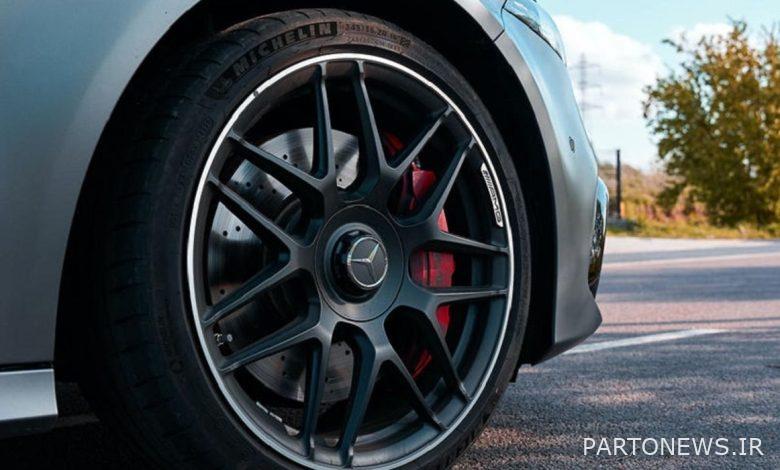Know the types of braking / how to brake at speeds below 60 km?

According to the online economy report, while driving and using the brake, place the heel of your foot on the floor of the car and press the brake pedal with your chest. brake Press fully. Do not use the brake suddenly and quickly. It is possible that your car’s control will be affected.
Types of brake use:
hard braking
Slow braking
brake bite
1- Sudden (severe) braking
Braking is very dangerous and causes an accident, and even if possible, you should not use a sharp brake because it causes the cars behind you to crash into us. Have . The reason is that the first car braked and the others could not control it, so they collided. In sudden braking, the driver suddenly and suddenly presses all the brake pedals to the end and the wheels are suddenly locked, causing the car to stop suddenly and possibly skid. Use fast. For example: when a child suddenly runs towards our car.
2- Slow braking
The best type of braking is slow, so that the driver always considers in advance where he wants to stop, we slowly press the brake pedal one millimeter by one millimeter, and if he feels the need to press more on the brake pedal It performs this operation in millimeters. In other words, the driver must consider at least 100 meters before where he wants to make a complete stop so that he does not have to brake suddenly.
Coordination between clutch and brake
In all the braking that we do at speeds below 10 km, we must first press the clutch to the end, then apply the brakes. This will make our car never stop, and secondly, we can do slow braking with better and more concentration. When braking above 10 km (for example, 20-30-40), first we apply the brake alone until our speed drops below 10 km, then we apply the clutch to the end so that our car does not turn off, and after a complete stop We get rid of the rib.
3- Brake bite
another one of brake It is a brake bite that is done to reduce and decrease the speed and when we do not intend to stop completely and we just want to reduce our speed, for example when passing a flashing yellow light because we want to be careful. We use the brake bite. In this way, we press the brake slowly until the speed decreases to the amount we want, then we release the brake and continue moving, like crossing the bumps.
Coordination between clutch and brake
At speeds above 10 km, for example, 30, 40, or 50, when we brake, there is no need to use the clutch, because this causes the car to accelerate and accelerate, and the braking effort increases because the engine speed decreases. the wheel starts, but when our braking continues, our speed is reduced to the limit of 10 km, then we have to press the clutch to the end so that the connection between the wheel and the engine is cut off, and the stopping of the wheel does not cause the car to turn off.
In general, when we are moving in 1st gear and want to brake, we must first push the clutch all the way, then apply the brake. (We are forced to do this more often in traffic jams)
The law is
The law of stopping tells us that whenever we want to do this, after the car comes to a complete stop, we must first release the gear, then take our foot off the clutch, if our stop lasts less than 3 seconds, because we want to start moving again. There is no need to release the gear, but if our stop takes more than 3 seconds, we release the gear first, then we take our foot off the clutch. The direction is worn out and it is also harmful for the car disc.
If we don’t release the gear and take our foot off the clutch, the connection between the wheel and the engine will reconnect and cause the car to be thrown forward and shut down.
Therefore, the stopping law is equal to:
taking a collage
Slow braking
Complete stop, then release the gear and then release the clutch, until we don’t release the foot from the brake until we intend to move.
Brake transmission
If our stop takes more than 20 seconds, in order not to put pressure on the brake system and the brake booster, we pull the handbrake first. Then take your foot off the brake pedal.

